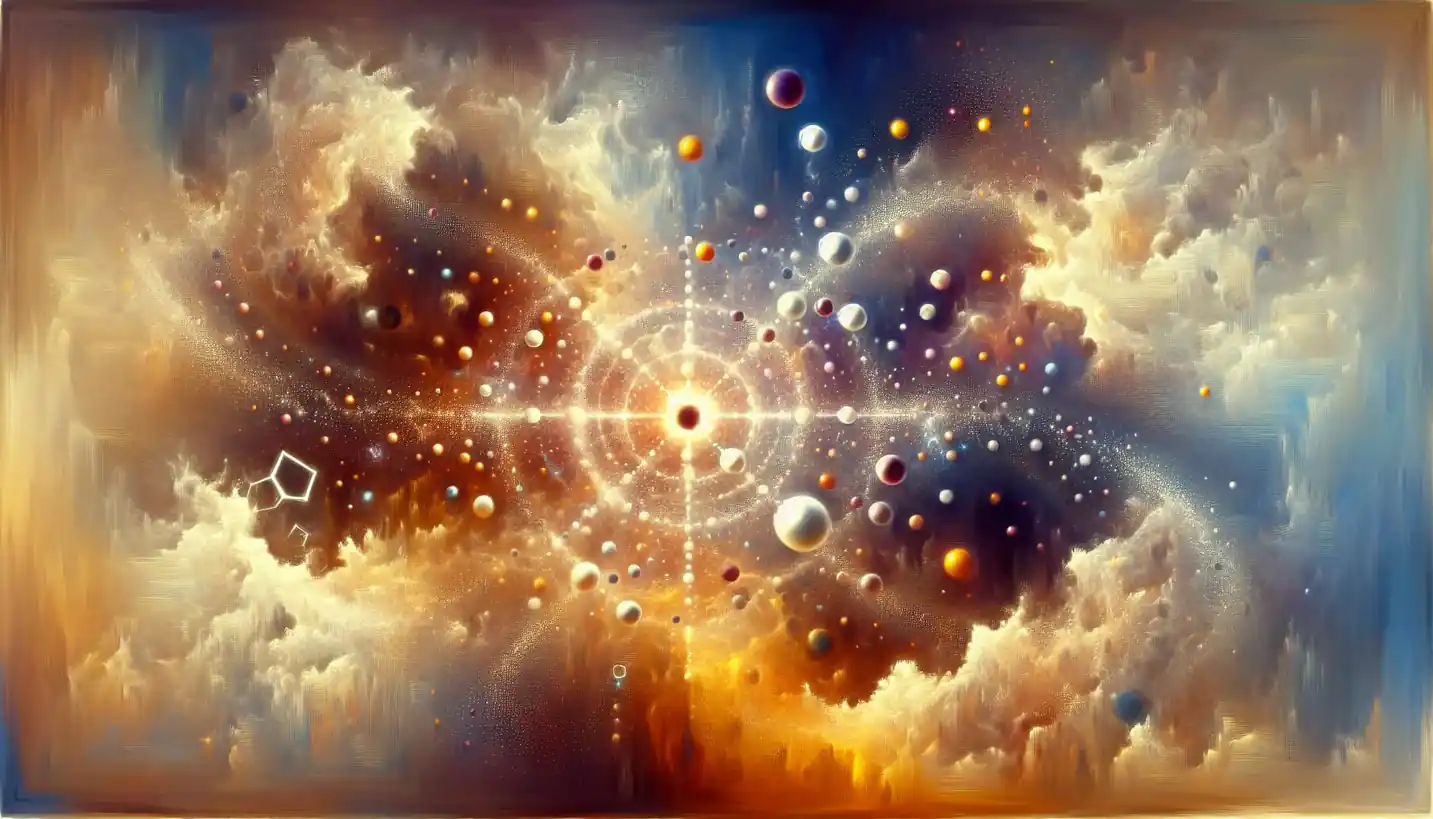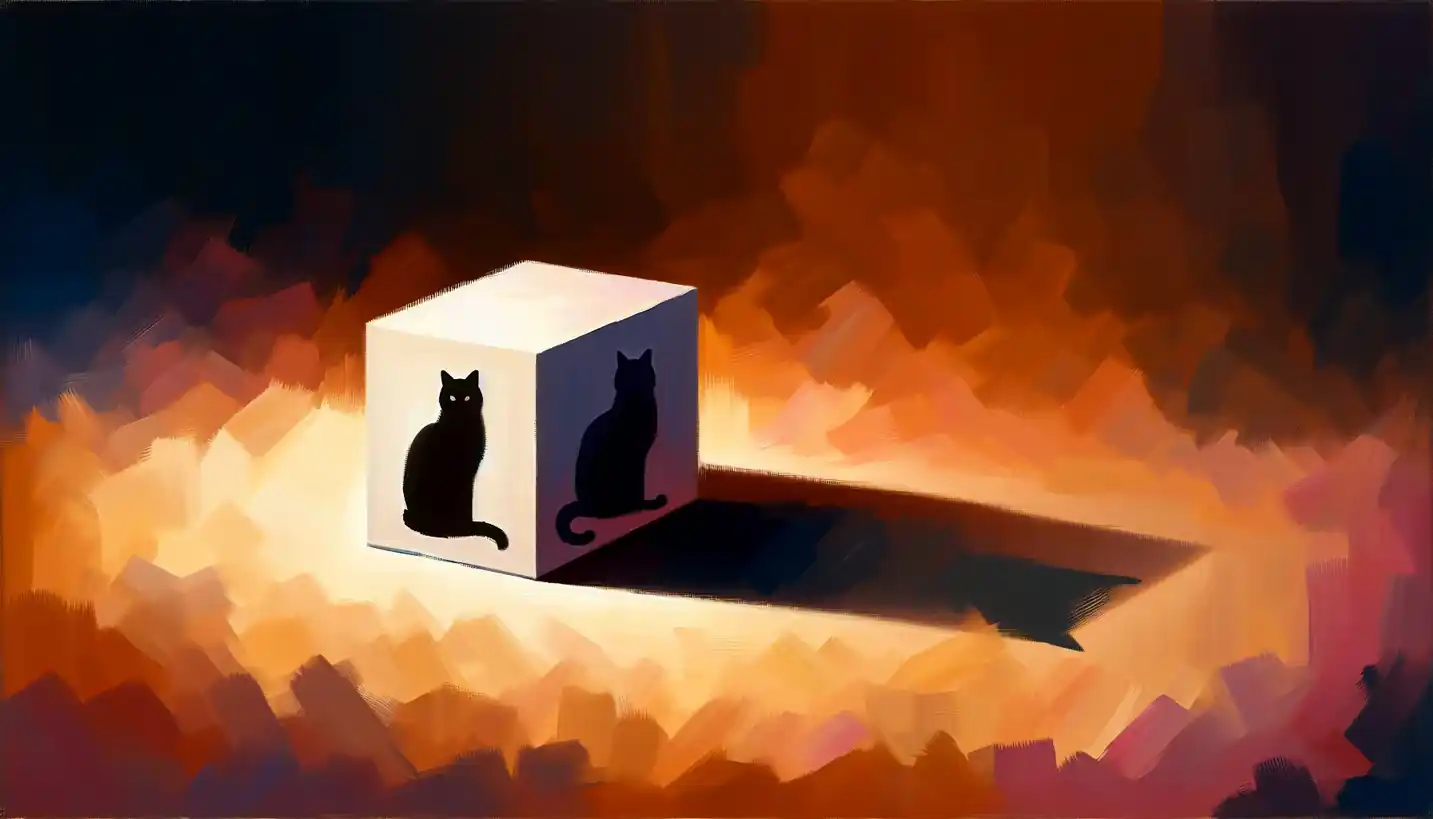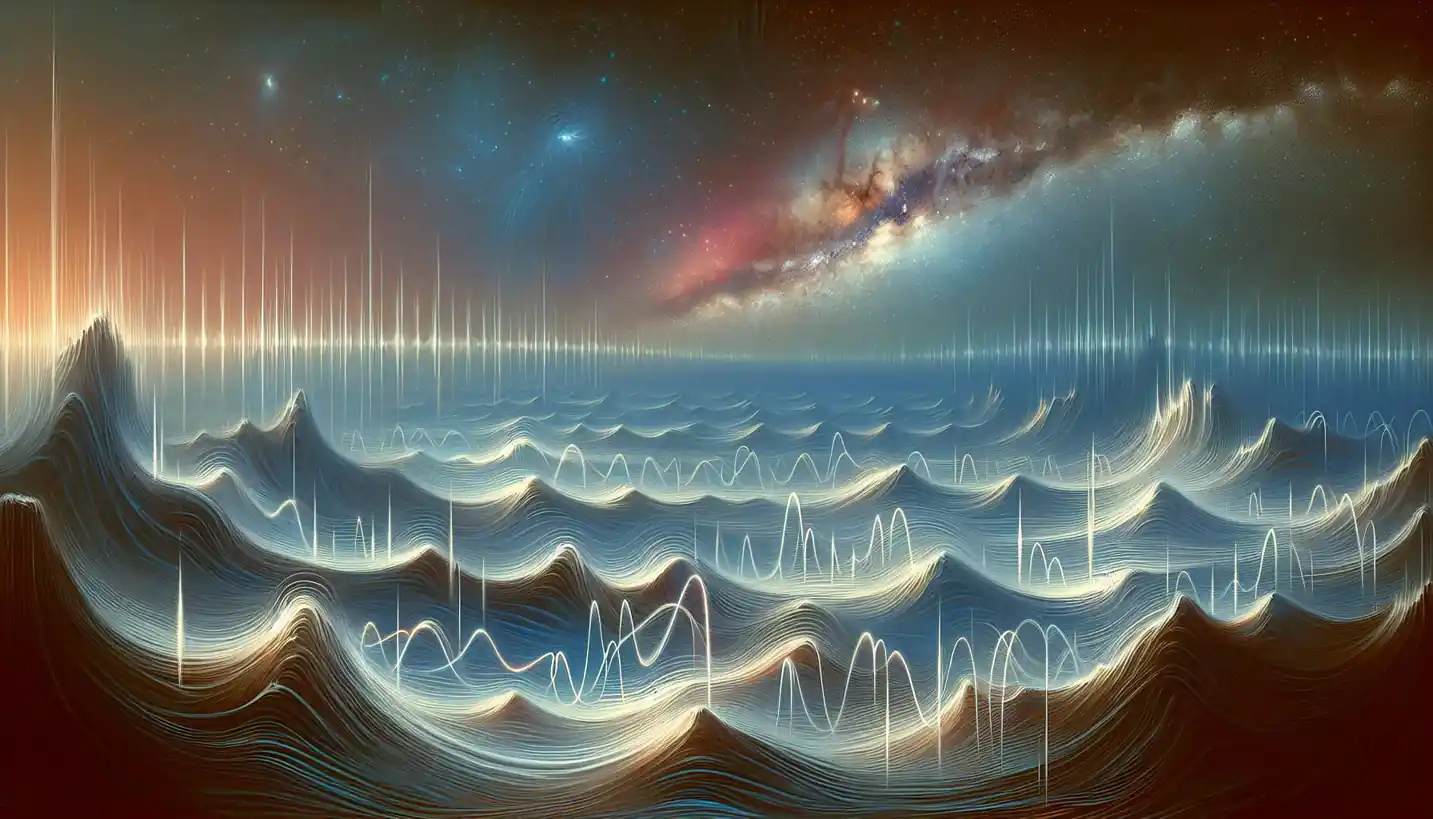· Physics · 5 min read
M-Theory: The Enigmatic Heart of String Theory
Dive into the intriguing world of M-theory, where the secrets of string theory converge into a mysterious framework.

When you think about the universe and its mind-boggling complexity, it’s fascinating to explore how everything—from tiny particles to distant galaxies—connects in ways we can barely imagine. This is where M-Theory comes into play, often considered one of the most influential and mysterious concepts in theoretical physics. So, what exactly is M-Theory, and why does it captivate physicists around the world?
Unraveling the Mystery of M-Theory
Starting with the basics, M-Theory is an extension of string theory, a framework in theoretical physics that attempts to reconcile general relativity and quantum mechanics. String theory suggests that the fundamental building blocks of the universe aren’t particles like electrons or quarks, but tiny, vibrating strings. Think of them like the strings on a guitar; depending on how they vibrate, they produce different outcomes—only instead of sound, these strings generate the various particles of the universe.
M-Theory pushes this concept further by uniting five previously distinct versions of string theory into a single, overarching theory. It introduces the idea of additional dimensions—beyond the three dimensions of space and one of time that we experience daily. In fact, M-Theory suggests there could be up to 11 dimensions! If the thought of extra dimensions makes your head spin, you’re not alone; even physicists find it a tantalizing yet challenging idea.
The Birth of M-Theory
Imagine being in the early 1990s, a time when string theory was fragmented into five different theories. These variations seemed to describe different phenomena, and physicists were scratching their heads trying to figure out how they all fit together. Enter Edward Witten, a brilliant physicist who, in 1995, proposed the unifying M-Theory, suggesting that these five different string theories were actually just different perspectives of the same underlying theory.
Witten’s insight was like finding out that different pieces of a jigsaw puzzle all fit together to form a bigger picture. This revelation helped create a more unified understanding of how the universe might work at its most fundamental level.
The Magic of 11 Dimensions
One of the most enchanting yet perplexing aspects of M-Theory is its dependence on 11 dimensions. In our everyday lives, we maneuver through three dimensions of space—length, width, and height—and a fourth dimension of time. But M-Theory opens the door to seven more dimensions. While it’s difficult for us to visualize these extra dimensions, math provides tools to understand them. These dimensions could be tightly compacted, curled up in small spaces, much like how a garden hose looks like a line from far away but reveals its circular shape upon closer inspection.
These extra dimensions are key to understanding how forces like gravity, electromagnetism, and nuclear forces could emerge from a single theoretical framework. They might also hold answers to some of the biggest puzzles in physics.
Why is M-Theory Important?
You might wonder why scientists are so invested in a theory that isn’t fully proven. The reason is simple: M-Theory promises to bridge the gap between two major pillars of physics—general relativity, which excellently describes the gravitational force and the large-scale structure of the universe; and quantum mechanics, which explains the atomic and subatomic world.
Currently, these two theories work extremely well in their respective domains but fail to coexist in extreme conditions, such as those near a black hole or the instant after the Big Bang. M-Theory offers a way to unify these theories, providing a “theory of everything” that could elegantly explain not just the fundamental forces, but also the very origins of space and time.
The Challenges of Proving M-Theory
Here’s where things get tricky. Testing M-Theory requires energy scales and experimental setups far beyond our current technological capabilities. The predicted strings are incredibly tiny—smaller than any particle we can observe with today’s technology. This means that, for now, M-Theory remains a beautifully complex mathematical construct, admired yet elusive, like a distant dream.
Despite these challenges, researchers continue to explore M-Theory through mathematical predictions and indirect evidence, hoping that future technologies might one day reveal a way to test and observe these stunning possibilities.
The Future of M-Theory
What does the future hold for M-Theory? It remains one of the most promising routes toward a “theory of everything.” Its mathematical elegance and potential to unify our understanding of the universe make it a key player in theoretical physics. There are ongoing efforts to find links between M-Theory predictions and phenomena that might be observed through cosmology, such as the patterns of cosmic microwave background radiation or gravitational waves.
Physicists are also exploring how M-Theory might connect with other groundbreaking ideas, like quantum computing and dark matter studies, to push the boundaries of what we know.
Final Thoughts
M-Theory is a magical, intricate puzzle piece in the grand cosmos story. While we are yet to fully comprehend or prove it, the possibilities it offers for unlocking the ultimate secrets of the universe are too tantalizing to ignore. It challenges us to think beyond the visible and embrace the full spectrum of what might be possible.
For now, M-Theory stands as a beacon of curiosity, inviting us to explore the vast unknown in search of the elusive truth that binds the universe together. It’s a grand endeavor, and whether proven or not, it will have undoubtedly enriched our understanding and appreciation for the mysteries that lie hidden in the tapestry of the cosmos.



